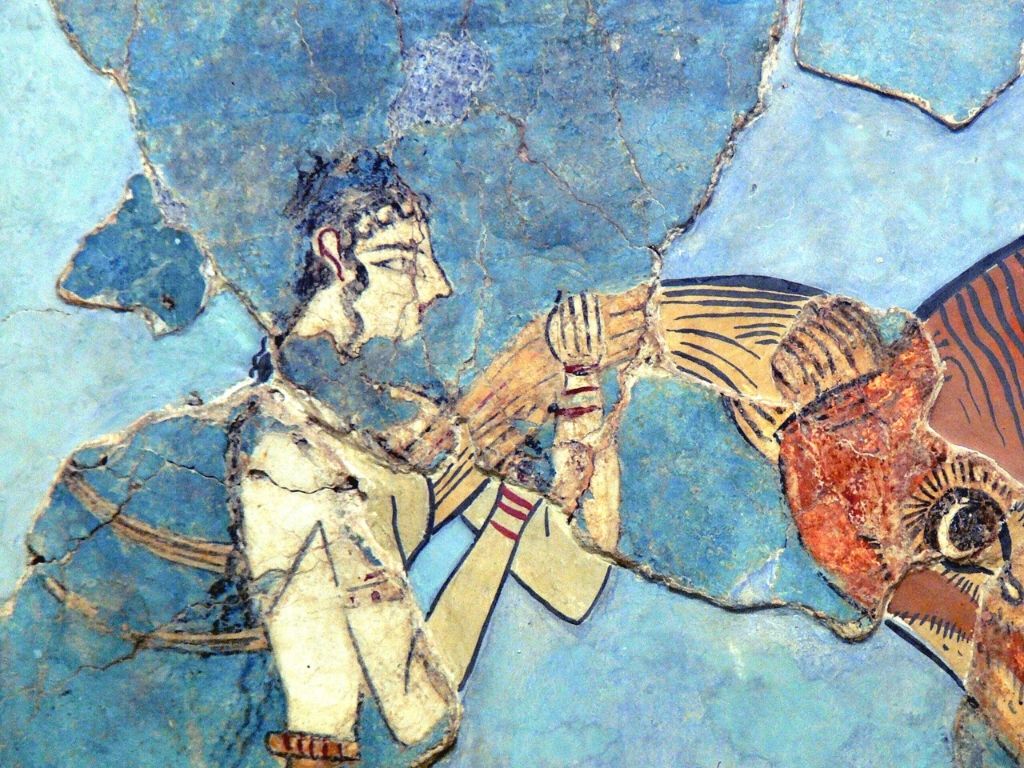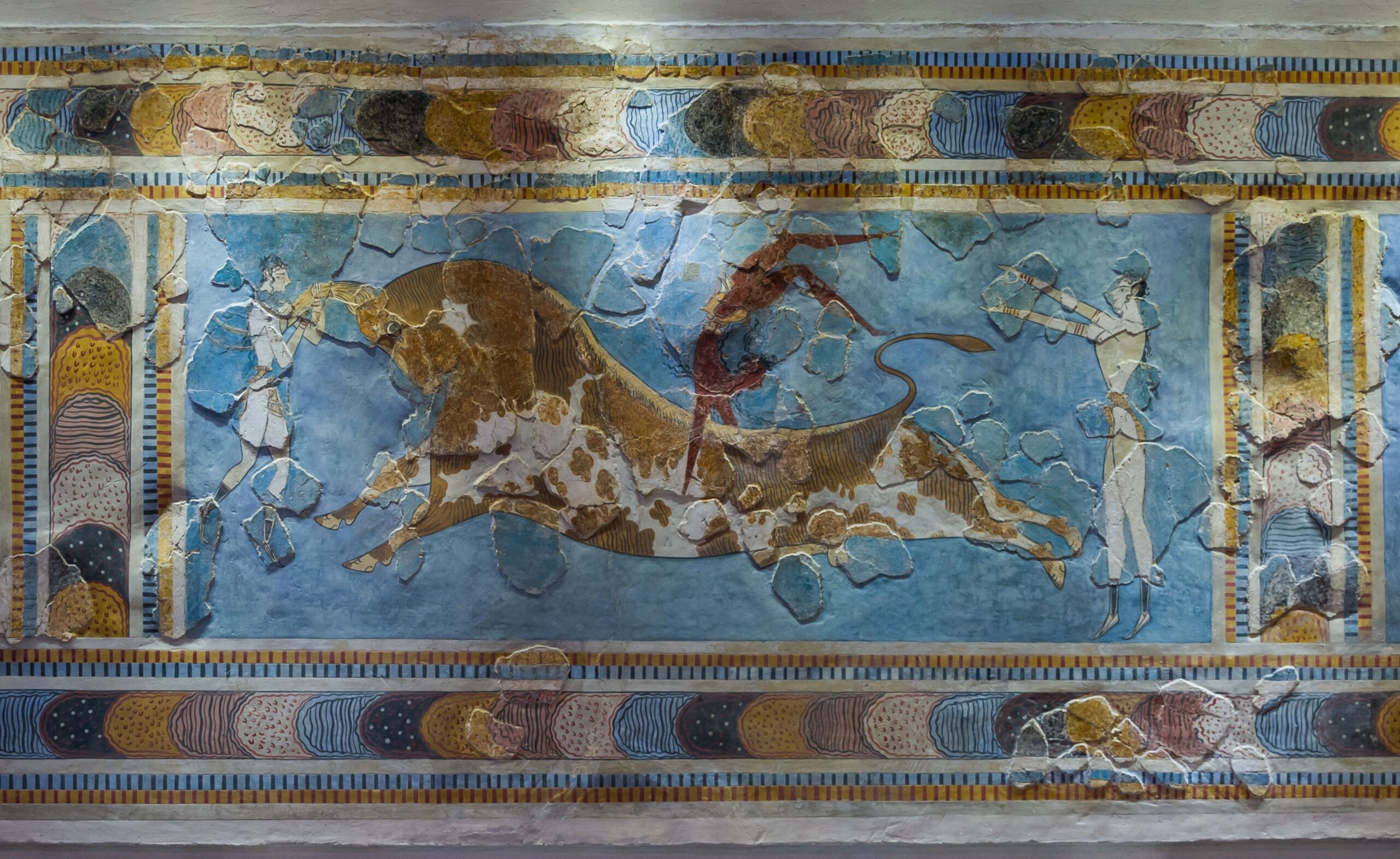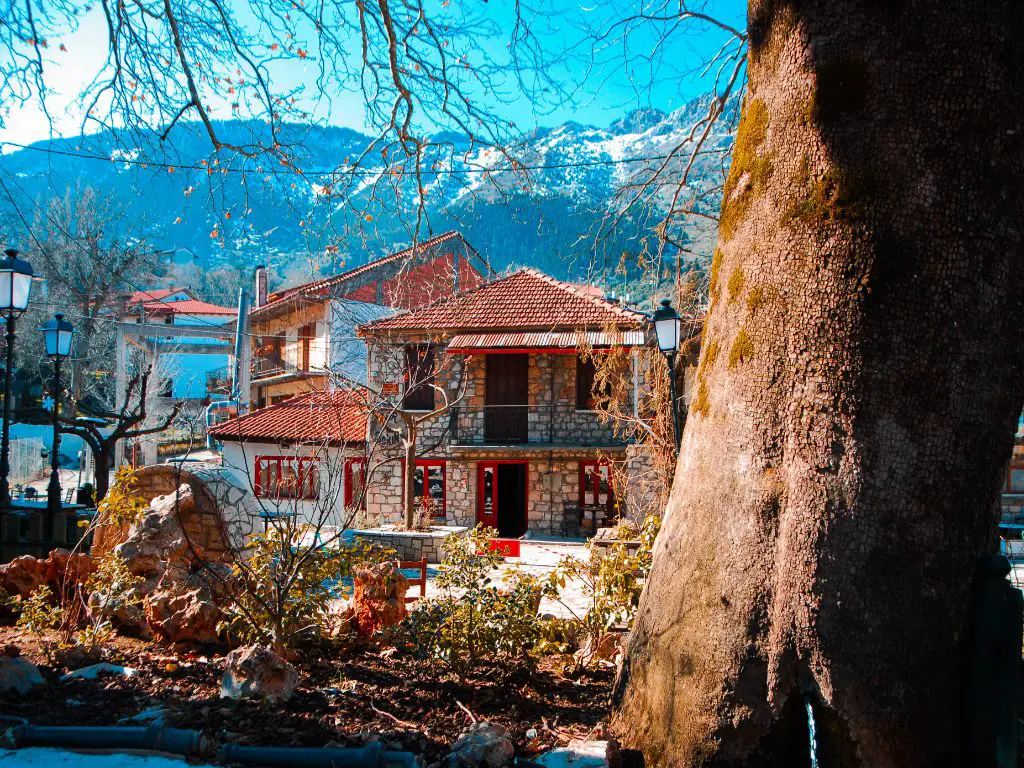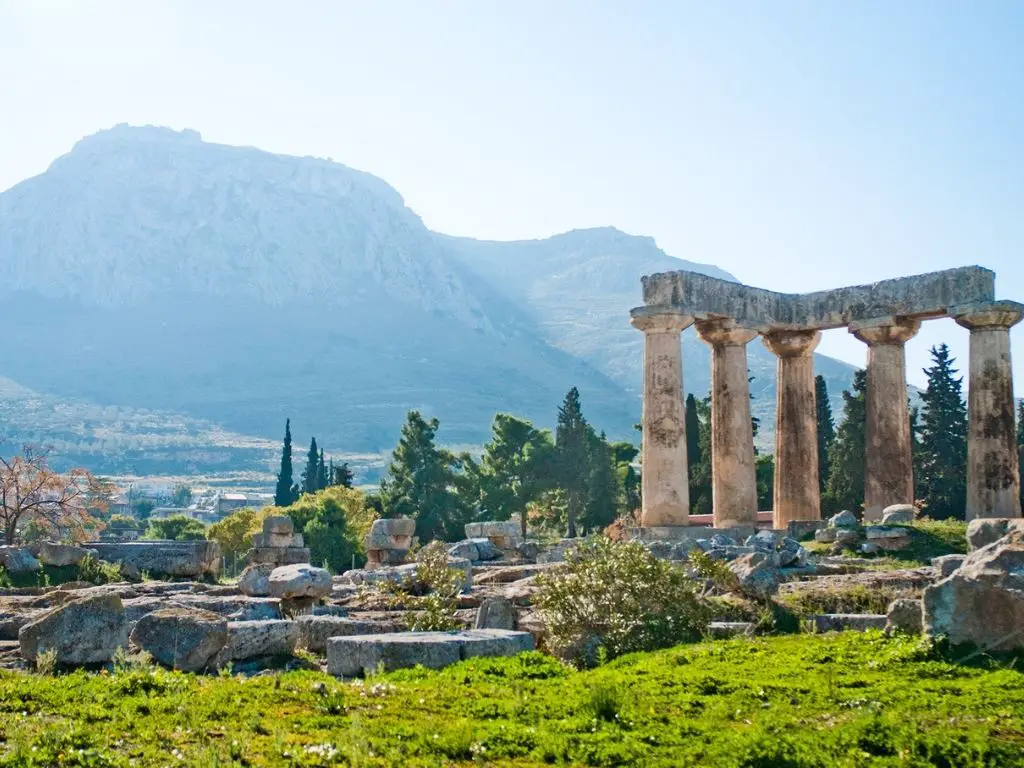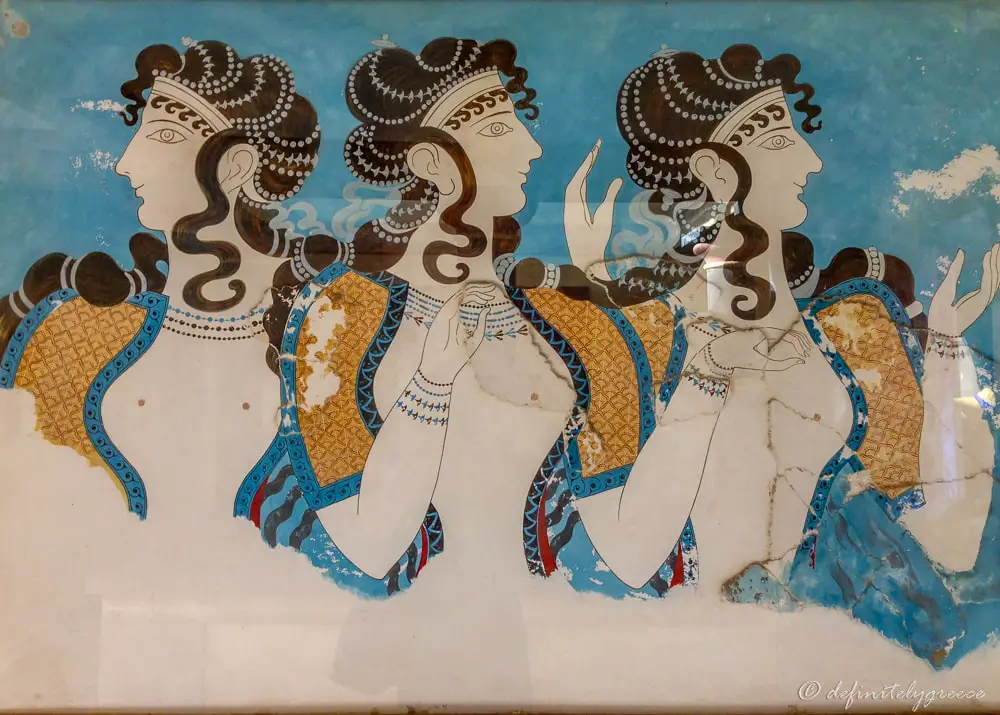



4 Facts About Minoan Women That Will Actually Surprise You
Before you uncover the secrets of the Minoan women you must first know who the Minoans were! The Minoans were an ancient civilisation that occupied the Greek island of Crete. Their name came from the legendary King Minos and they thrived from 3000 BC until 1100 BC.
☞ Related: What To Do In Crete – The Best Local Tips
An Unlikely Discovery In Crete
Sir Arthur Evans was an English archaeologist and he was at the forefront of this civilisation’s discovery. From 1900 to 1905 excavations unearthed a complex remainder of history that Evans helped piece together. The remains of these fascinating excavations can be seen in the Heraklion museum. The more that was uncovered the more he saw that something was unusual about how this Cretan culture operated. This was that women were hugely prominent in this society, more so than men!
☞ Related: The Women Of Ancient Greece You Need To Know




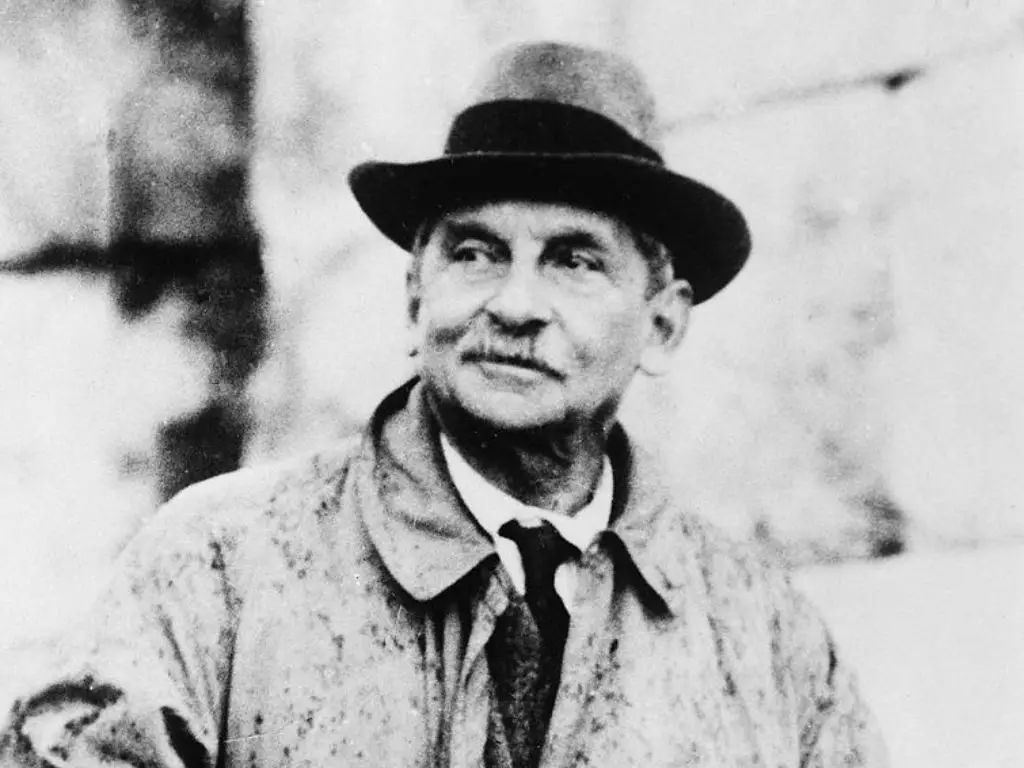



1. Women Might Have Been More Important Than Men
Traditionally men are at the centre of ancient civilisations and women were often perceived as the ones who stayed home and looked after the children. But for the Minoan women, this was not the case.
Excavations and ancient relics help us piece together the past. Bit by bit we begin to paint a picture of what life used to be like. This is especially true for the findings in Crete. Archaeological remains point to the important role that Minoan woman had in society.
Women were pictured on thrones, they were often larger in size or in central positions when compared to their male counterparts (if there were any, which there often weren’t!). Another common theme that reinforced their importance was that they were depicted being attended to by others.
One example is the Snake goddesses excavated from Knossos palace in 1903. Evans thought these women to be prominent deities in Minoan religion.
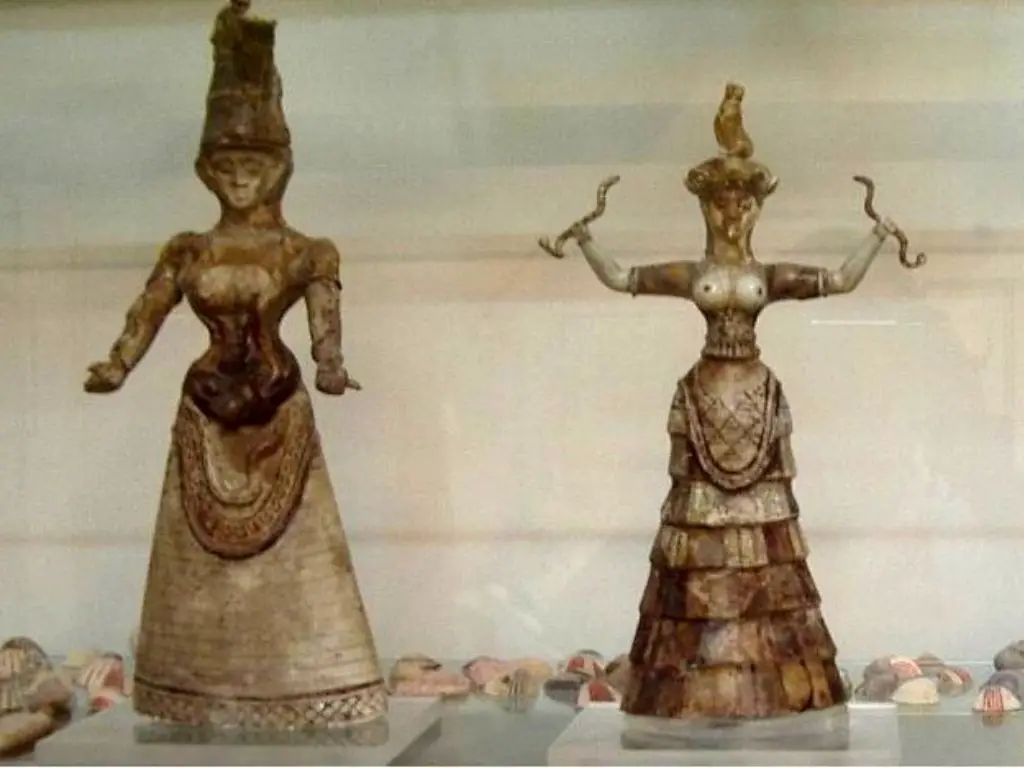



2. Minoan Women Were Surprisingly Sexy
When archaeologists discovered the frescoes and depictions of Minoan women they were baffled. Their appearance has been the topic of hot debate for years. Who were these women, and why were they so ahead of their time!? Edmund Pottier, a French scholar and archaeologist perfectly summarised this astonishment in 1901 when describing what is now known as La Parisienne (or The Minoan Lady), a fresco discovered at Knossos:
“Her disheveled hair, the provocative “kiss curl” on her forehead, her enormous eye and sensual mouth, stained a violent red in the original, her tunic with its blue, red, and black stripes, the mass of ribbons tossed over her shoulder in a “come-hither” gesture, this mixture of naïve archaism and spicy modernism, this quick sketch traced by a paintbrush on a wall at Knossos more than three thousand years ago to give us the impression of a Daumier or a Degas, this Pasiphaë who looks like a habitué of Parisian bars—everything about this work conspires to amaze us; in sum, there is something about the discovery of this unheard-of art that we find stunning, even scandalous.”
What was amazing to Pottier was that a depiction of a women from a civilisation that was thousands of years old seemed to him to be remarkably similar to his modern-day female counterparts. Hence why this fresco became known as La Parisienne. Unlike other societies in ancient times, the Minoan women were different. Some scholars interpret the appearance of these Minoan women, like their hair and revealing attire, to represent a form of power and sexual liberation.
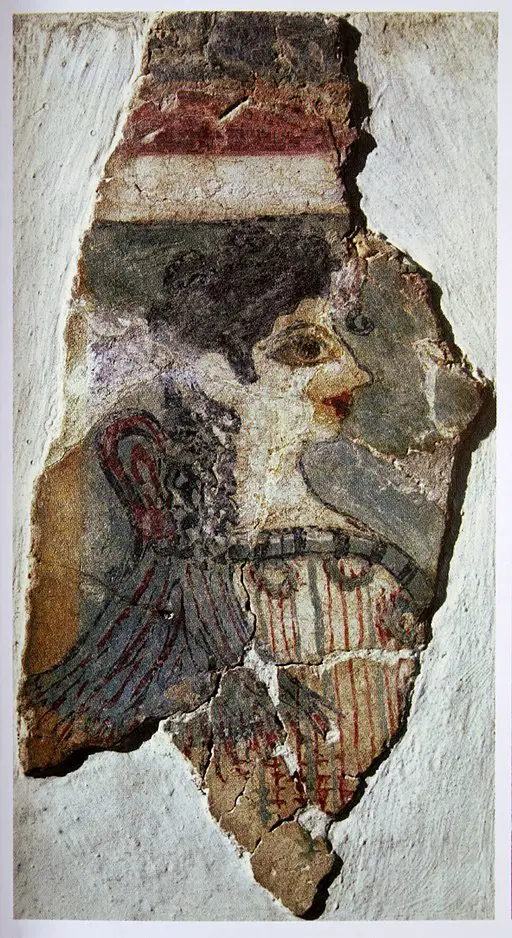



3. Women Were Rarely Depicted As ‘Mothers’
One thing that was noticeably evident from excavations was that images of pregnant women or women with children were lacking. So are references to women and their fertility. What you will see instead is women interacting with others, talking, dancing or performing religious acts. Overall Minoan women are seen in a more social context, rather than a domestic one in Minoan civilisation. Many scholars believe that this is because Minoan societies had profoundly distinct attitudes towards gender roles!




4. Minoan Women Fought Bulls
The Minoan women were full of surprises. One of these surprises was the discovery of the Bull-leaping fresco found at the Palace of Knossos. This fresco shows what was thought to be a religious contest. While the main character in the middle, seen leaping over the bulls back, is a male, the light skinned figures on either side are female! These women’s involvement in what was typically a male dominated sport again reinforces their important role in Minoan society.
